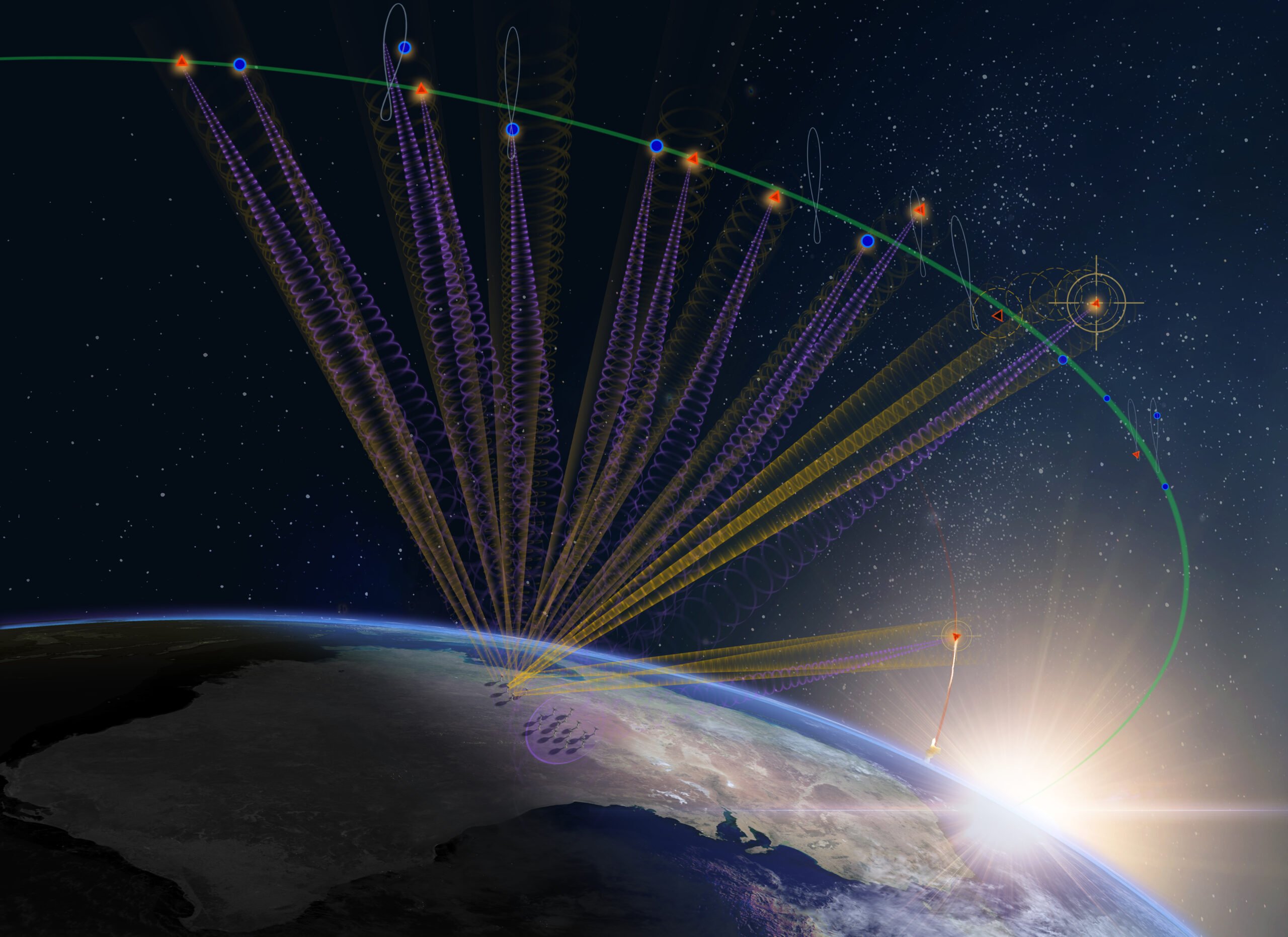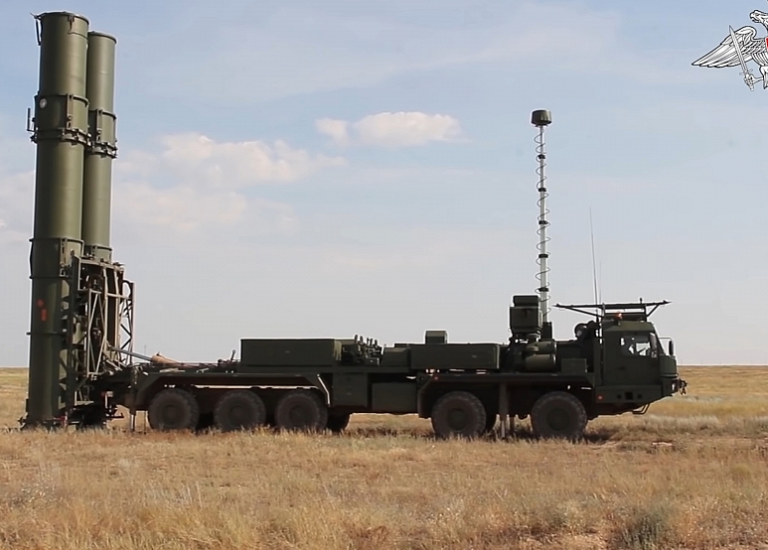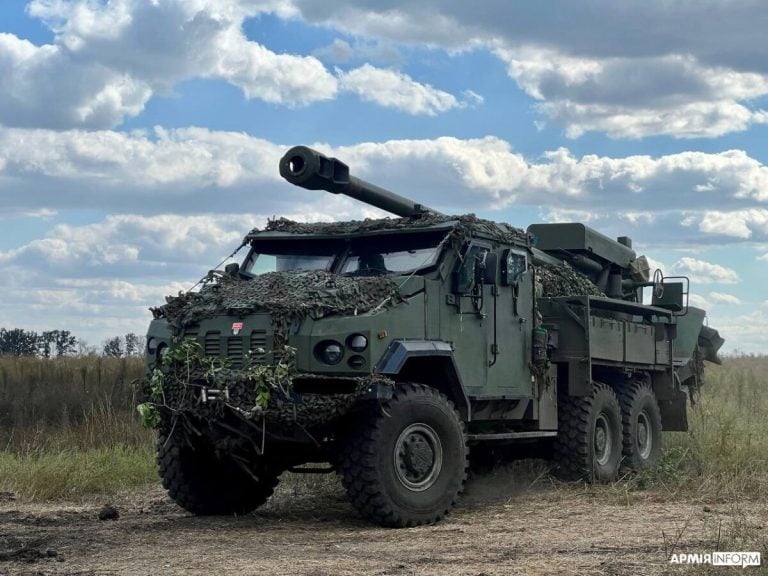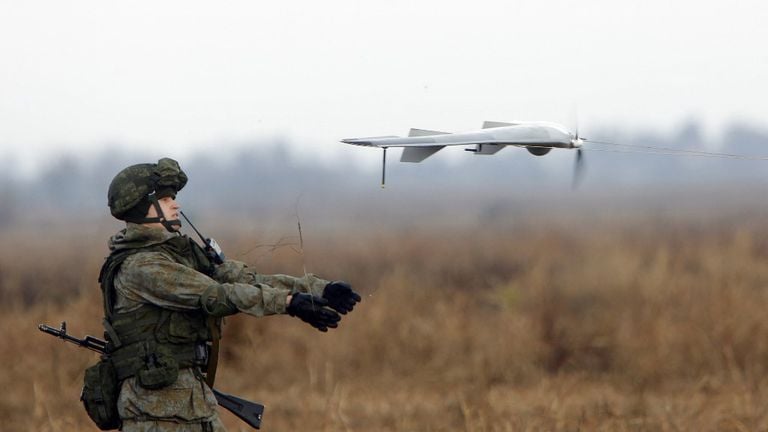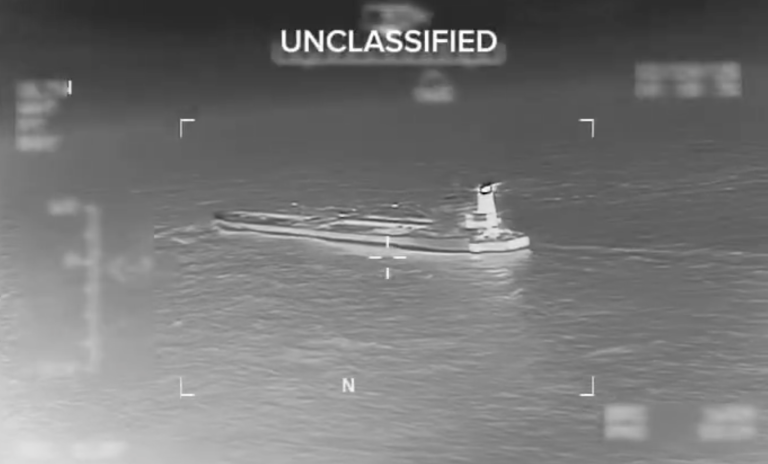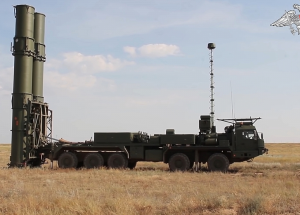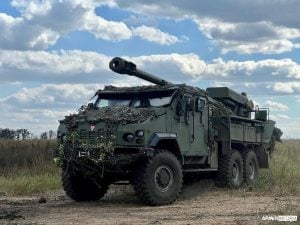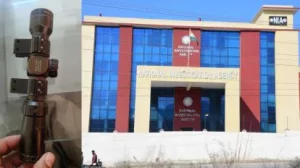In a significant advancement for space monitoring capabilities, Northrop Grumman, in collaboration with the U.S. Space Force, has successfully conducted the inaugural demonstration of the Deep-Space Advanced Radar Capability (DARC) at Site 1 in Western Australia. This next-generation ground-based radar system is engineered to track and monitor space objects with exceptional precision, addressing a critical need for enhanced space domain awareness.
During the demonstration, seven out of the 27 ground-based antennas were synthesized into a unified array, which effectively monitored satellite movements. The capabilities of the DARC system were rigorously validated over several weeks of data collection, analysis, and calibration, leading to confirmation of its operational readiness.
Unlike conventional optical sensors that face obstructions from cloud cover, DARC’s design enables continuous operation. This unique feature allows it to achieve comprehensive global coverage, significantly enhancing the ability to track objects situated at altitudes of up to 22,000 miles (35,400 kilometers), an impressive distance akin to circling the globe at the equator.
The milestone reached during this demonstration represents a pivotal step toward achieving full operational capability for the DARC system, providing a strategic advantage in the realm of space monitoring. Kevin Giammo, the director of Space Surveillance and Environmental Intelligence at Northrop Grumman, highlighted DARC’s potential, stating that it “will offer unmatched persistent and comprehensive capability as the world’s premier deep-space radar tracking system.”
The DARC program exemplifies a collaborative effort between the U.S., the UK, and Australia, aimed at establishing an extensive ground-based sensor network tailored to secure global coverage of geostationary orbit. This orbit is critical, housing numerous military and commercial satellites; thus, the initiative is geared towards bolstering the protection of these assets against various potential threats.
Further underscoring the importance of this collaboration, the U.S. Space Force awarded Northrop Grumman a robust $200 million contract to construct DARC Site 2 at Cawdor Barracks in Pembrokeshire, UK. The completion of this site is anticipated by 2030. The groundwork for Site 1 was executed under a $341 million contract, formally established in 2022, highlighting the significant financial commitment to enhancing capabilities in space surveillance.
